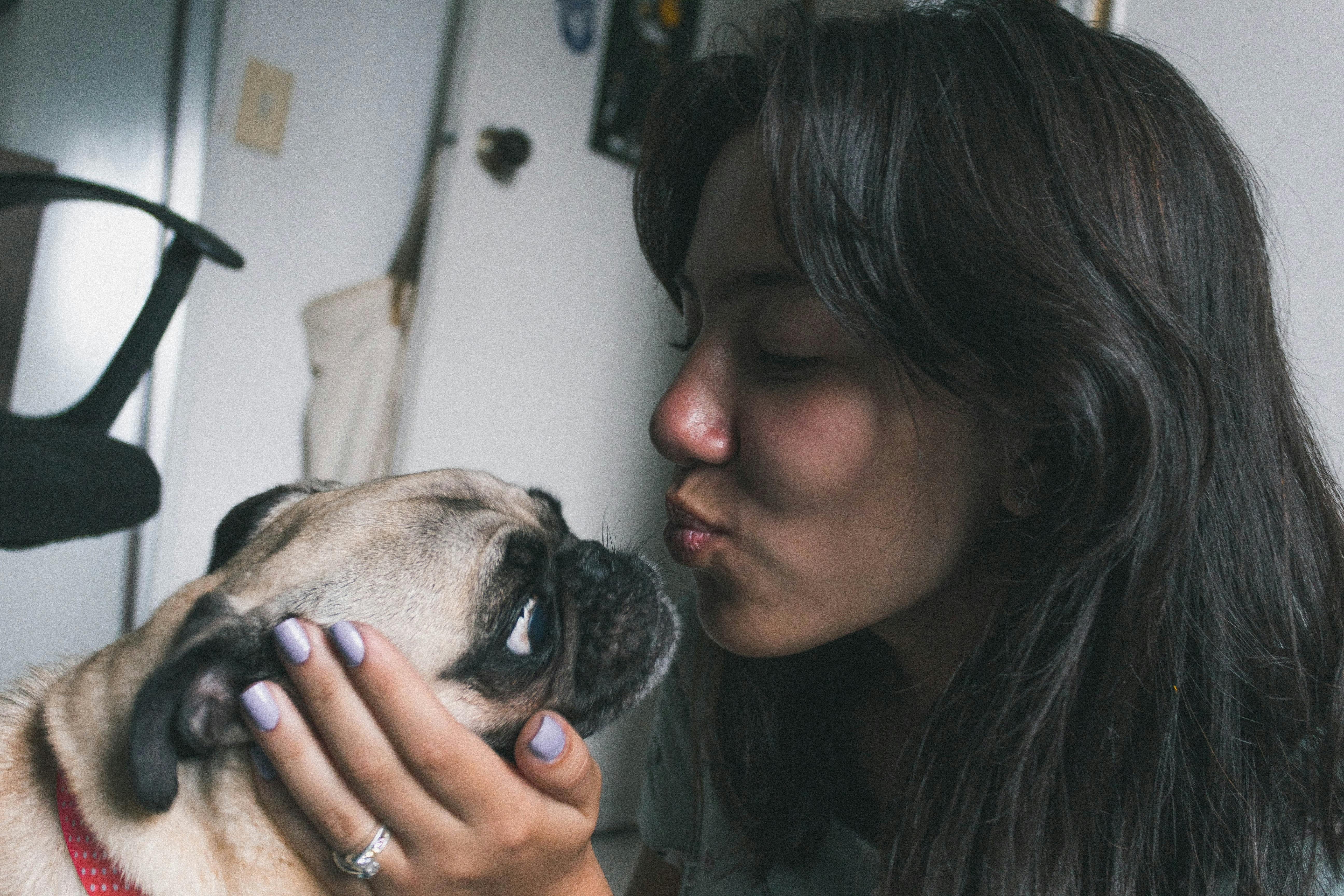
Written by Aurus Sy
Veterinary reviewed by:
Published: 05/26/2021, edited: 10/05/2022
A dog crate is one of the best investments you can make for your canine companion. Aside from being a furrific housetraining tool, it can serve as a safe haven for your pup, help prevent unwanted behaviors like destructive chewing, and make traveling with your pooch a lot easier.
When introduced properly, a crate can become your dog’s happy place that they retreat to whenever they need to take a break from the rest of the world. And with all the different varieties of crates for home and travel, there's sure to be one that's pawfect for your pooch.
So how do you choose the right crate for your dog? Let's take a look at some important factors to consider:
Choosing the Right Crate
When deciding on what kind of crate to pick, you'll want to answer some basic questions that can help guide you to the best choice for your dog. This can include:
- How big is your dog? This should be the first question to ask when selecting a crate for your furry friend. There should be enough room for your dog to stretch on their side, turn around, and stand without hitting their head. To determine the correct crate size, measure your pooch while they’re standing from the tip of their nose to the base of their tail for the length and from the top of their head to the floor for the height. Then add 4 inches to both measurements. You can also refer to this chart from the APDT. And don't furget to leave room for bedding.
- Will your dog get bigger? If you have a puppy, consider getting a crate with dividers that can be adjusted so that the space “grows” with them and you don’t have to buy another crate later on. You don’t want to give your four-legged pal too much space because it can hinder their potty training if they learn to eliminate in one corner of their crate. To measure your puppy, follow the same steps above, then add about 12 inches for their anticipated adult size.
- How will the crate be used? Do you need a crate for travel, or are you looking for something that will serve as your pup’s “zen den” at home? Plastic and soft-sided crates are more portable and built with traveling canines in mind, while metal crates and exercise pens are great options for furry homebodies.
- Does your dog want to see their surroundings? Do they like looking around or do they prefer privacy? Some crates provide more visibility than others, but this can easily be changed by putting a crate cover or blanket on top.
Remember, a crate should never be used to punish your dog or as a place to keep them for extended periods. According to the Association of Professional Dog Trainers (APDT), an adult dog should not be left in a crate for more than 4-5 hours at a time. For puppies, it’s much less due to their smaller bladder capacity. With the right training and a good crate routine, your dog will feel safe and comfortable in their crate in no time.
Types of Dog Crates
Dog crates come in many different styles, and it’s important to choose the one that works best for your needs.
- Metal dog crates. Metal or wire crates are the most popular as they suit most canines, including those who are being housetrained. They provide steady airflow and open visibility, and usually come with a removable floor pan. They can be heavy but most fold flat for easy storage and transport.
- Plastic dog crates. Also known as airline kennels, plastic crates are suitable for traveling with your pooch on a plane or in a car. Their closed design also makes them ideal for shy or reactive dogs. They don’t fold flat but the top can be removed to convert the crate into a dog bed.
- Soft-sided dog crates. Lightweight and quick to set up, soft-sided crates are also great for road travel with your pup. Many have multiple doors, so you can let your dog in and out from the front or side and give treats from the top. Because they’re made of fabric, they’re not the most secure option for dogs who like to chew or paw at their crate.
- Furniture dog crates. Usually made of wood, furniture-style crates are designed to blend into your home’s decor. Most have a solid top that can double as an end table. They’re more aesthetically pleasing but they’re also more expensive.
- Exercise pens. Though not exactly crates, exercise pens can be used to provide a safe space for your pooch as well. With a more open and flexible structure, their size and shape can be adjusted according to your needs, and they can even be combined with a metal crate to expand your dog’s private space.
Whichever style you get, you want to teach your dog that their crate is a fun place to be. If your four-legged friend is already housetrained and not a destructive chewer, you can add toys and a dog bed inside the crate. You can also give your pup a food-dispensing toy when they go in to keep them busy. A dog who has learned to accept their crate will go inside and lie down on their own with the door open, treating it as their very own den where they can relax and recharge.
Comments (0)
Leave a comment
Related articles
About Wag!
© 2025 Wag Labs, Inc. All rights reserved.
About Wag!
© 2025 Wag Labs, Inc. All rights reserved.
Security
© 2025 Wag Labs, Inc. All rights reserved.
